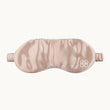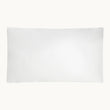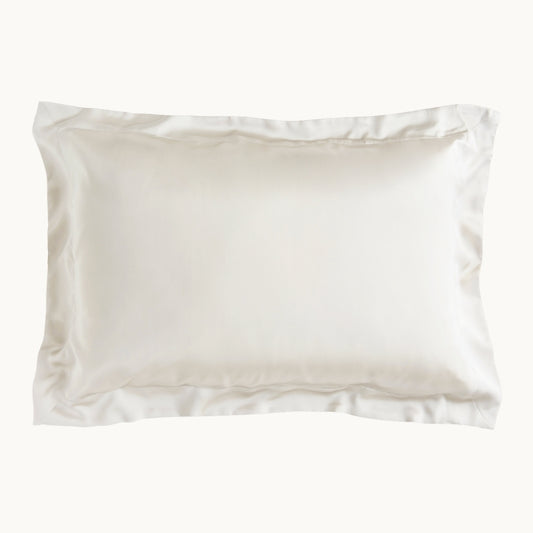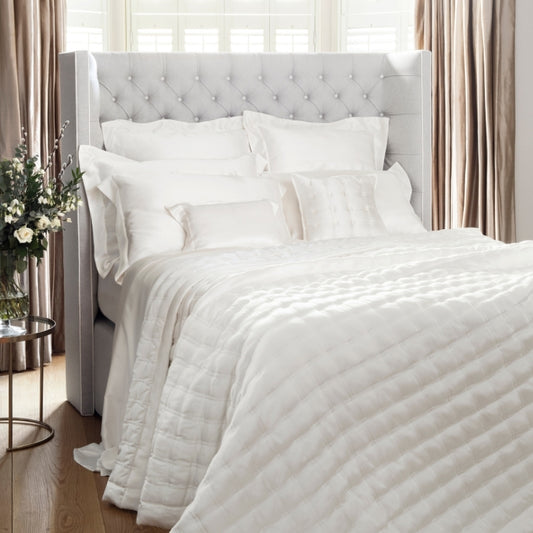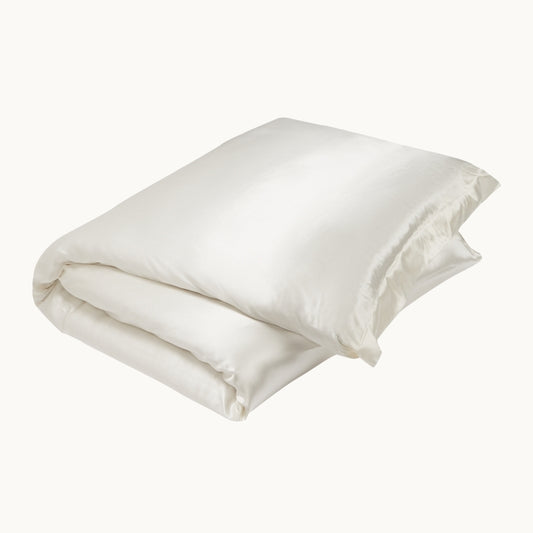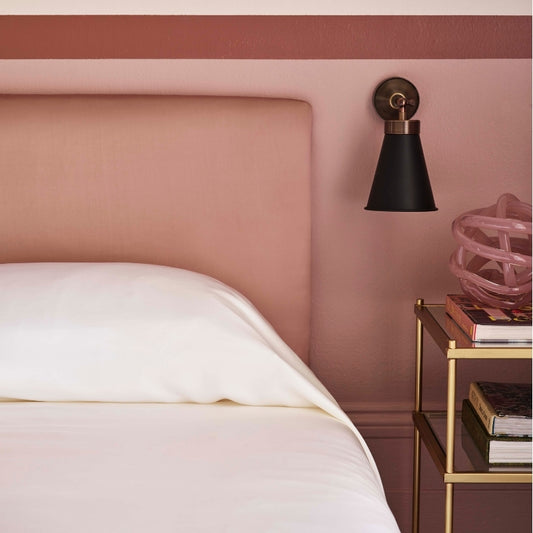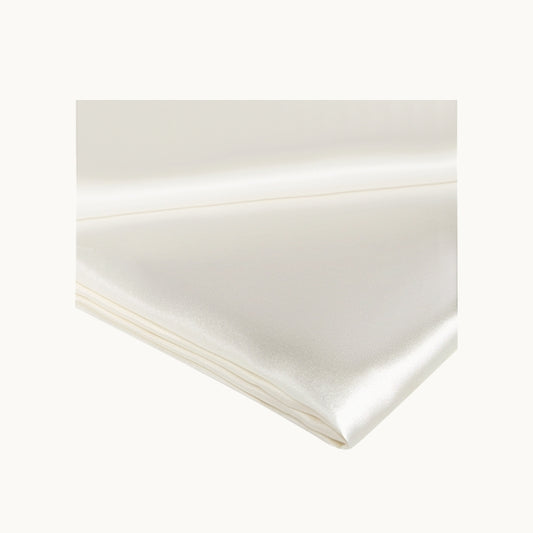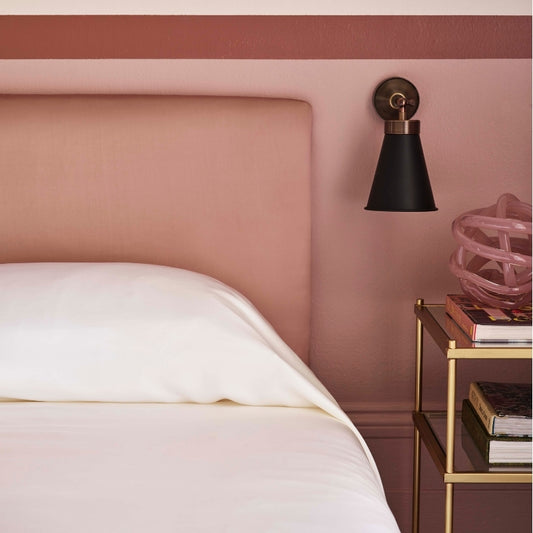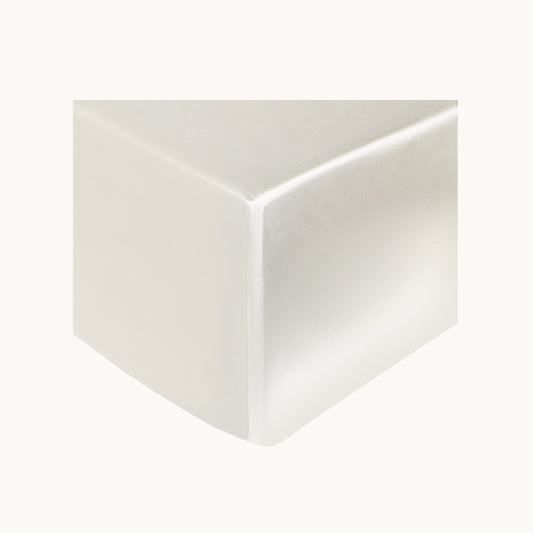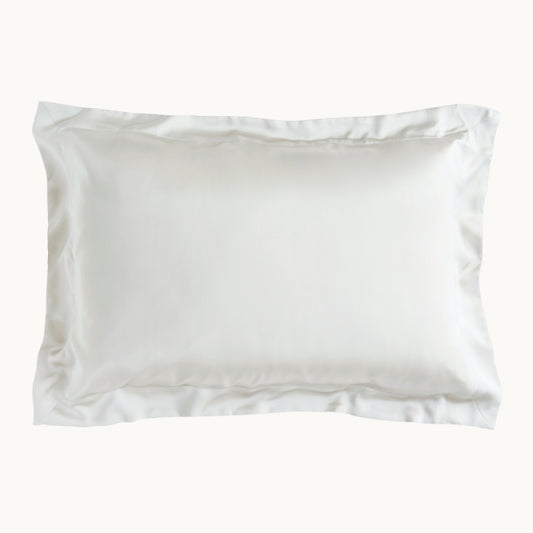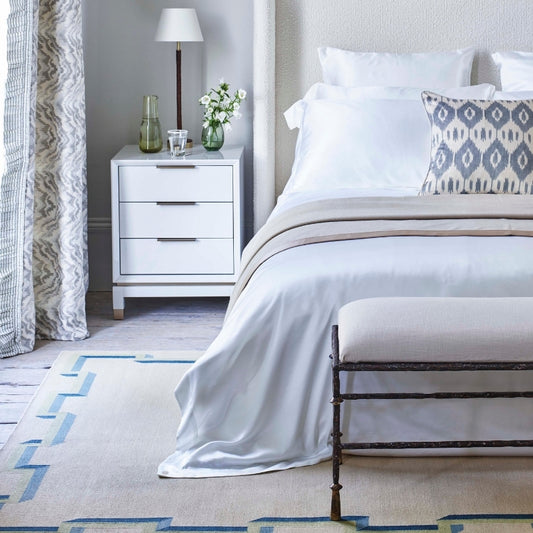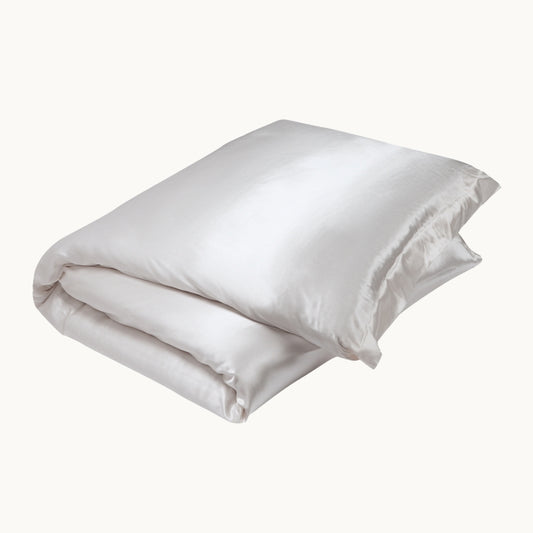A material which has a rich and interesting history, people all over the globe have come to regard silk as one of the most luxurious natural fabrics. Treasured by royalty, beloved by luxury-seekers, and praised by dermatologists, silk’s reputation precedes it, but there is much more than meets the eye when it comes to this beautiful fabric, including its variety.
Ivory Silk Bedding Collection - Starting from £96.00

Far from being a single fabric, there are a wide range of silk types available, many of which have been around for centuries. From the highly popular and esteemed mulberry silk, to the incredibly rare and expensive sea silk, each different type of silk has its own unique history, and knowing more about their respective qualities is the first step in determining which silk types you may desire for your home, or your wardrobe.
To learn more about the most popular types of silk, join our experts at Gingerlily as we share our own knowledge on these incredible fabrics, answer some frequently asked questions about silk types, and discuss why we use long strand mulberry silk in our collections of bedding, nightwear and accessories.
How many types of silk fabric are there?
While we’ve already named two types of silk by mentioning mulberry and sea silk, the full list of silk types is surprisingly long, especially to those who are only familiar with the most well-known kinds. In the fashion and interior design industries, there are upwards of thirty types of silk which are used by designers to create stunning and practical works of art, with some of the most popular types including chiffon, organza and dupion.
What are the different types of silk?
With so many different types of silk to discuss, all with their own uses, quirks and qualities, familiarising yourself with the full range of silks is no small task. For most silk-lovers, it is enough to know that the most commonly used commercial silk, mulberry silk, epitomises everything the fabric is known and loved for. However, if you’re just as interested in the diversity of silk as the miraculous qualities of mulberry silk, we’ve filtered down our favourites into a reasonably-sized list to introduce to you to each of them.
Mulberry silk
The silk of choice here at Gingerlily, mulberry silk accounts for around 90% of silk produced globally, and for good reason. Beautifully delicate, luxuriously smooth and featuring a subtle natural sheen, mulberry silk has become a favourite for its appearance and feel. Made famous for its health and beauty benefits, including its natural temperature regulating and hypoallergenic qualities, mulberry silk has become the leading choice for designers looking for a versatile, high-quality type of silk which can be coloured and weaved into a vast range of designs.
Beauty Box Mulberry Silk Pillowcase - £66.00

To discover more about why mulberry silk has reached such a global level of popularity, read our Complete Guide to Mulberry Silk where we go into more detail on how this type of silk is made, its unique history and more.
Spider Silk
A type of silk which has developed an almost mythic quality due to its regular appearance in fantasy novels and films, spider silk is an incredibly strong fabric which has captured the interest of researchers around the world. As the name suggests, spider silk is produced by species of spider which can produce and spin silk. While the insects themselves use their silk to craft webs and capture prey, the impressive properties of spider silk, such as its steel-like tensile strength at a fraction of the weight, means it has potential for human usage too.
Despite the qualities that make spider silk so exciting, however, it is particularly difficult to extract and process substantial amounts of it. As such, it's highly unlikely that we’ll be seeing spider silk pyjamas or bedding sets any time soon.
Sea Silk
Extremely fine, rare and delicate, sea silk is one of the most expensive types of silk in the world. Unlike traditional silks such as mulberry and tussar silk which are produced by silkworms, sea silk is not made by any land-dwelling species, and is instead made by a specific type of mollusc, known as the ‘noble pen shell’, or Pinna nobilis. A Mediterranean species, the Pinna nobilis create natural fibres called byssus with which to anchor themselves to the sea floor. It is these threads which, once harvested, are turned into the beautiful and naturally chestnut brown coloured silk which is now so rare.
To get some idea of just how rare and sought-after sea silk has become, one hat made from the material was put up for auction in New York in 2019, with a high guide price of between $5,000 - $8,000.
Tussar Silk
A beautiful type of silk which has traditionally been used to make sarees, tussar silk is produced by several species of silkworm belonging to the moth family. These silkworms often live within trees in wild forests, and their silk is mainly harvested in countries including China, India, Japan and Sri Lanka.
Despite being the most like mulberry silk of the silk types we’ve discussed so far, tussar silk is considered to be less luxurious due to its more textured appearance and natural gold colour which, while beautiful in its own right, makes it harder to dye and rougher to the touch. On top of this, tussar silk is also not as durable as mulberry silk, which has made it a less practical choice for silk merchants.
Eri Silk
Not as soft as mulberry silk, or as fine as sea silk, eri silk is most well-known for its thermal properties. Shared to some degree with mulberry silk, which is also naturally temperature regulating, eri silk is capable of keeping wearers warm in the winter and cool in the summer, but it still hasn’t become the silk-of-choice for fabric production. This is largely due to this type of silk’s elasticity and heavier weight, which make it feel almost wool-like to the touch. While this has made it somewhat less luxurious than other silk types, it is particularly well suited for being blended with other materials such as wool and cotton, so is often the first choice for making silk-blend items such as curtains, bed covers and quilts.
Muga Silk
While many different types of silk have interesting histories, muga silk has a royal reputation which is worth remarking on. The preferred blend of silk of Indian royalty, muga silk has been produced in the Indian state of Assam for centuries by a specific species of silkmoth which are fed on a strict diet of aromatic som and soalu leaves. Featuring a naturally golden hue which is luxurious and striking, muga silk is commonly used to make products like sarees and other traditional Indian garments.
Art Silk
Unlike mulberry, muga, eri and tussar silk which are produced by silkworms, and spider silk and sea silk which are made by spiders and molluscs respectively, art silk is not a naturally-grown fibre and is instead artificially man-made. Also known as bamboo silk, art silk is the name given to any synthetic fibre which resembles silk, but is not actually real silk. Typically, you will be able to tell by looking at the label of a product to find out whether it is real silk or not, but if there is no label, then there are a number of ways that you can identify ‘Art Silk’.
How to identify artificial silk
Cost - Typically, artificial silk items will cost less. If the item is cheaply priced, then as a general rule, the chances are that it is not genuine silk.
Colour - Silk usually reflects some light and will be coated, meaning the colour will not look ‘flat’ and will shimmer. If the colouring of the silk looks like a flat, block colour, then this is a signifier that it is artificial.
Smell - An extreme yet reliable method of telling real silk from art silk is to take a few strands of the material and set it on fire. When burning, genuine silk has a very strong smell.
Invisible flame - When burnt, genuine silk will also burn with an invisible flame, and the burning will stop as soon as the flame source is removed. We do not advise setting any garments on fire and this should only be done in a safe and controlled environment, however we have listed it here as this is a known method of testing.
Touch - As a naturally temperature-regulating fabric, silk can retain heat. This can be tested by rubbing a piece of silk between your fingers for a while to warm it up. Artificial silk, however, will not react in this way and the material will stay the same temperature.
It’s labelled as satin - While they often get confused with one another, silk and satin are not the same, with satin is usually presented as a less-luxurious alternative to real silk due to it being a man-made fabric. Discover more about what sets them apart by reading our Silk Pillowcase vs Satin Pillowcase blog.
The ring test - Pulling silk through a ring is a traditional way of checking its authenticity. The ring will slide smoothly over real silk, while fake silk will often bunch or get caught on the ring.
What is the best kind of silk?
While the impressive variety of silk means that every specific use has a corresponding best type of silk, here at Gingerlily, there is no better type than mulberry silk. Durable and versatile enough to be dyed, spun and weaved into an endless range of beautiful designs, all while retaining the naturally luxurious properties which silk is praised for, mulberry silk is the most highly-used type of silk in the textiles industry.
Ivory Silk Flat Sheet - £360.00
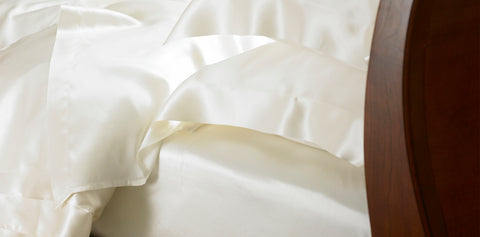
As with many types of silk, however, the quality of mulberry silk can vary, so if you’re looking to buy something made of mulberry silk, it’s important to pay close attention to the momme count. The measure of the density of the silk, momme is the best way to tell the quality of the item, with one momme meaning that you can expect to find 4.340 grams of silk per square metre of that fabric. At Gingerlily, all of our silk bed linen is made from at least 19 momme silk, with the exception being our flat sheets, which are made from 22 momme silk. This means that you can expect to find a minimum of 82 grams of silk in each square metre of bedding. This is among the highest quality of mulberry silk that you can find, so you can expect any silk pieces from Gingerlily to be as beautifully soft, smooth and shimmering as possible.
Find beautiful silk products at Gingerlily
At Gingerlily, only the best type of silk is used to create our stunning bedding, nightwear, home decor and accessories, with each piece crafted with 100% 19 momme mulberry silk. Experience the joys of silk for yourself by browsing through our collections of silk bedding and sleep in silken luxury night after night.
Silver Grey Collection - Starting from £96.00

